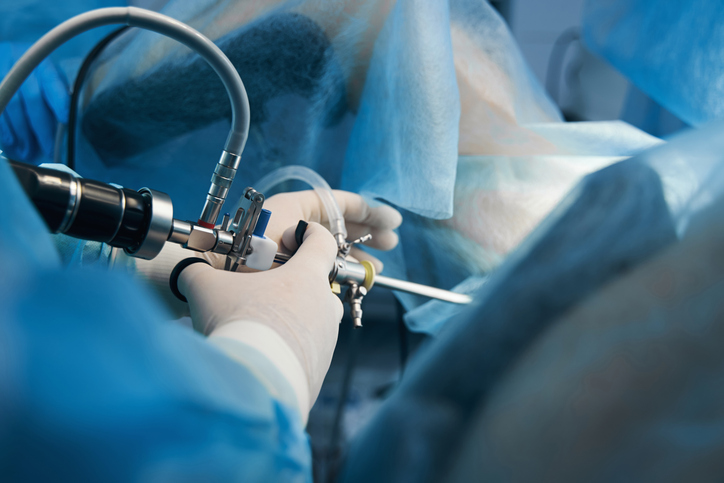Dysphoric milk ejection reflex (D-MER) is a condition that causes sudden negative emotions during...
Read More
The loop electrosurgical excision procedure (LEEP) removes abnormal cervical cells, helping to prevent cervical cancer. Our skilled gynecologic surgery team ensures you receive the highest standard of care, from preparation to follow-up.
LEEP is a gynecologic treatment that removes abnormal cells from the cervix. These cells, often detected during routine Pap tests and colposcopy biopsies, can sometimes develop into cervical cancer if left untreated. Your doctor may recommend LEEP if they identify significant changes in your cervical cells that require removal to prevent the potential progression to cancer. This outpatient procedure is both safe and minimally invasive, providing peace of mind and an effective solution for maintaining your cervical health.
LEEP uses a thin wire loop with a low-voltage electrical current to remove abnormal tissue from the cervix. The current generates heat to cut away abnormal cells and cauterize the area, minimizing bleeding. The removed tissue is sent for lab examination to ensure all abnormal cells are gone. LEEP targets only the affected cells, preserving healthy tissue and the cervix's structure, while reducing the risk of cervical cancer.

Before the procedure, your doctor will explain the process and answer any questions you might have. They may tell you to avoid sexual intercourse, douching and using tampons for 24 hours prior. The procedure is typically performed in an outpatient setting and takes approximately 10 to 20 minutes. You will receive a local anesthetic to numb the cervix, ensuring minimal discomfort.
During the procedure, you will lie on an exam table, where your doctor will insert a speculum to open the vagina. You may feel light pressure or mild discomfort, but the speculum shouldn't cause pain. Your doctor will then insert the electrified loop to remove the abnormal cells. You might feel mild pressure or cramping, but the anesthetic will help keep you comfortable.
After the procedure, you may experience light bleeding or discharge. Your care team will provide comprehensive aftercare instructions, which typically include avoiding heavy lifting, strenuous activities and sexual intercourse for a few weeks to allow for proper healing. Your care team will schedule a follow-up appointment to monitor your recovery and ensure your procedure is successful.
Most patients experience minimal discomfort during a LEEP procedure due to the local anesthetic used to numb the cervix. You might feel slight pressure or mild cramping, but discomfort should be minimal. Talk to your doctor if you experience significant pain during the procedure.
In addition to avoiding sexual intercourse, douching and using tampons for 24 hours before the procedure, talk to your doctor about medications you are taking and any allergies you have. Wear comfortable clothing to your appointment and arrange for someone to drive you home afterward, as you may feel tired or lightheaded.
LEEP is generally safe, but like any medical procedure, it carries some risks. These can include infection, heavy bleeding or changes in cervical tissue that may affect future pregnancies. Your doctor will discuss these risks with you and how to minimize them.
For most people, LEEP does not significantly affect fertility or the ability to have a healthy pregnancy. However, in some cases, it can cause changes in the cervix that might affect pregnancy. It's important to discuss any concerns with your doctor, who can provide personalized advice based on your medical history.

Dysphoric milk ejection reflex (D-MER) is a condition that causes sudden negative emotions during...
Read More
Polycystic Ovary Syndrome (PCOS) affects millions, yet many misconceptions still surround this...
Read More
From midwives and obstetricians to nurse practitioners and birthing coaches, here are the...
Read More
The material set forth in this site in no way seeks to diagnose or treat illness or to serve as a substitute for professional medical care. Please speak with your health care provider if you have a health concern or if you are considering adopting any exercise program or dietary guidelines. For permission to reprint any portion of this website or to be removed from a notification list, please contact us at (856) 537-6772